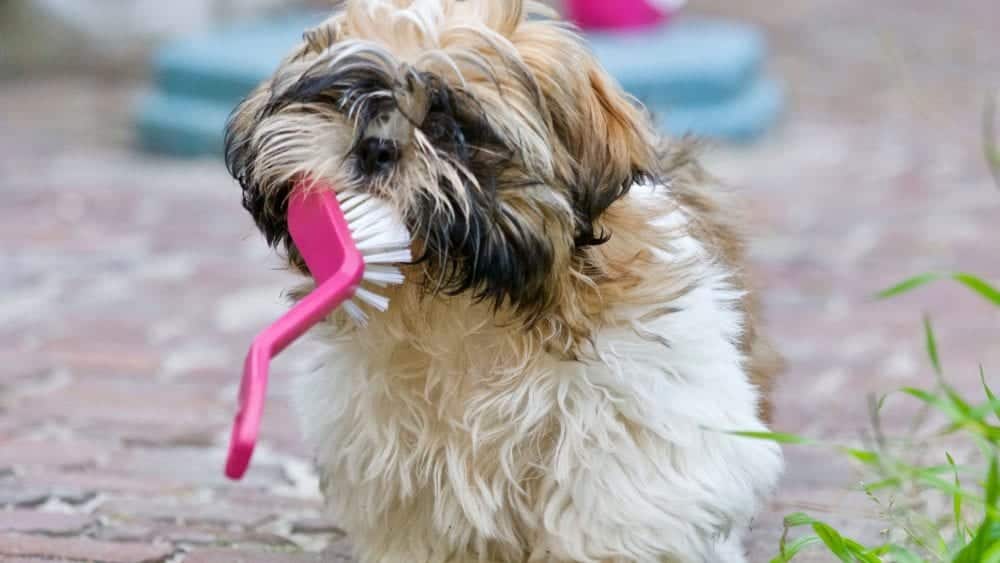
Dental Disease in Dogs
If you are anything like me, you spend a lot of face-time with your dog. And I’m not talking about phone chatting. There is usually a fair amount of kissing, licking and general “up in your grill” time. But there is nothing like a good dose of bad dog breath to spoil the mood.
Bad breath might not seem as bad for your dog as it is for you, although he might end up getting less kisses. But there is a lot more to it than that. Because bad breath can be the first symptom of something much more sinister. We often get asked where bad breath comes from, and what we can do about it. So lets clear the air a bit.
Where does bad breath come from?
The most common cause for bad breath is dental disease. It all starts with invisible plaque build-up on the teeth, from food particles and saliva. As dogs can’t brush their own teeth (and chewing bones is not tooth brushing!) this progresses to tartar. Both plaque and tartar become breeding grounds for bacteria and this unhappy trio results in bad breath.
How serious is dental disease?
About 4 out of 5 dogs older than 4 years old are estimated to have dental disease. And dental disease is no joke. The unhappy trio of plaque, tartar and bacteria eventually results in gum inflammation and destruction. All of this leads to pain, infection, loose teeth and can even lead to tooth abscesses and jawbone infection. All of these things sound pretty bad – and the reality is, they are.
What can we do about dental disease?
Firstly, we need to assess the extent of dental disease and get those not-so-pearly-whites nice and clean again. This is done with an ultrasonic dental scaling to remove all the built-up plaque and tartar. We follow this up by a machine polishing with specialised polishing cups and paste. During the dental procedure we also assess the extent of tooth damage and remove any severely damaged or loose teeth. We ensure that we clean below the gumline as well, as this is often where bacteria like to live.
Prevention of dental disease
After the dental scaling and polishing, it is important to be pro-active in keeping the teeth clean. This can be done by frequent brushing (daily is best) with dog specific toothpaste or oral gel. And some brushing is better than nothing. If brushing is not well tolerated or not viable due to time constraints (because face it, I hardly have time to brush my own teeth) there are other ways to slow the progression of dental disease.
The choice of food can help a lot. Feeding dry food (kibbles) or dental chews can have a scraping action on the teeth, helping to eliminate plaque build-up. Certain high-quality foods also have special mineral complexes in that slow tartar build-up. Oral washes and rinses decrease the number of bacteria in the mouth.
The most important myth…bones
Bones do not clean teeth. Can I say it again? Bones do not clean teeth.!Either the bone shatters or the tooth shatters. And it makes no difference whether the bones are raw or cooked. They break teeth. Period. And broken teeth can cause pain and lead to gum or jaw infections. So, it really does not make sense feeding bones.
